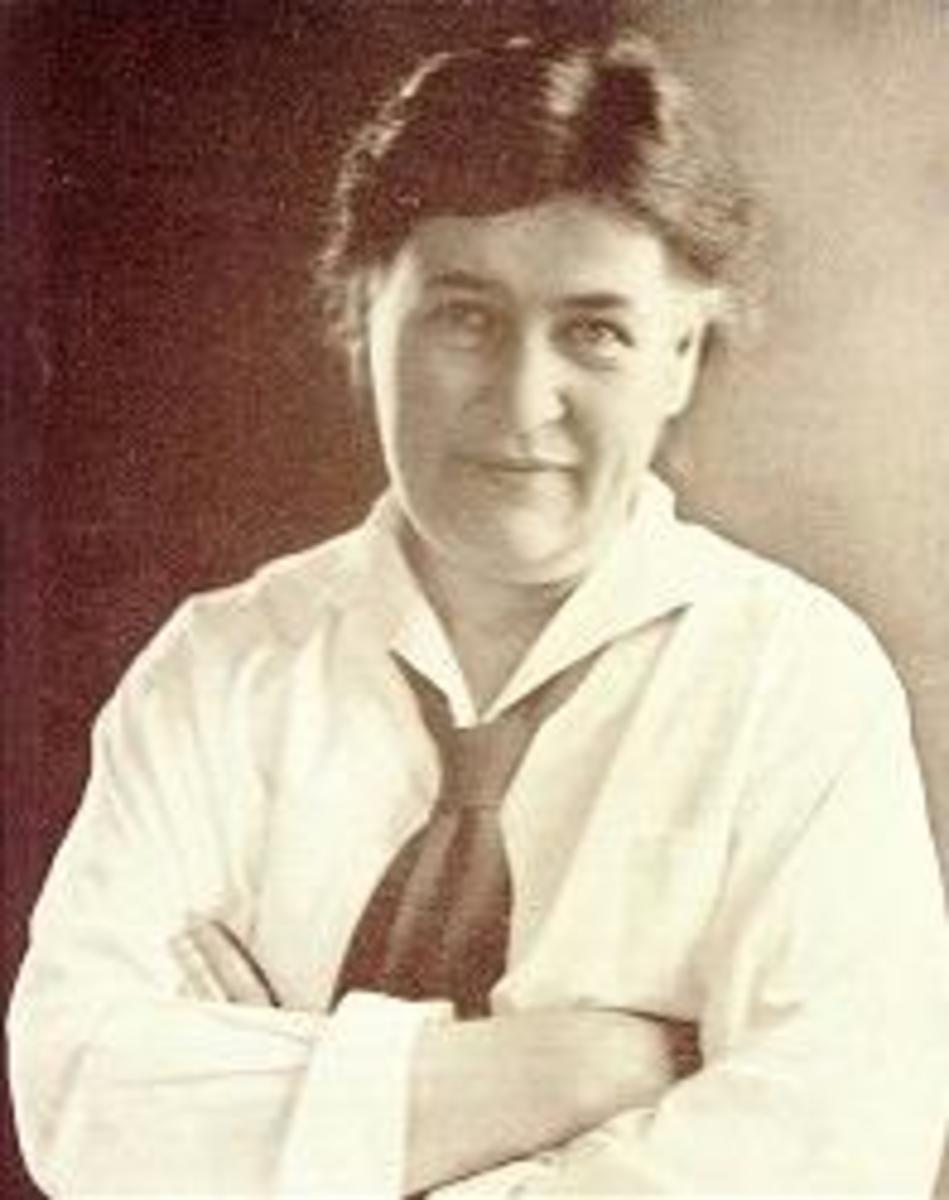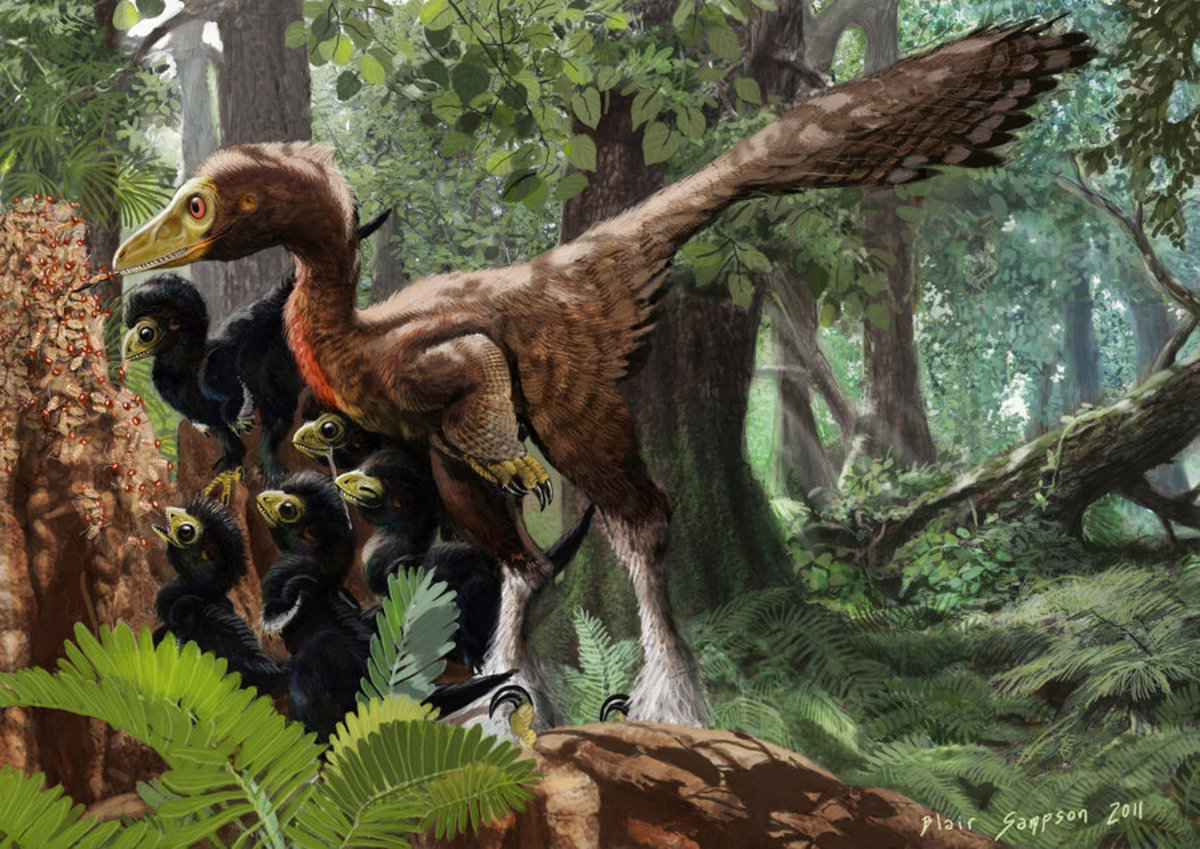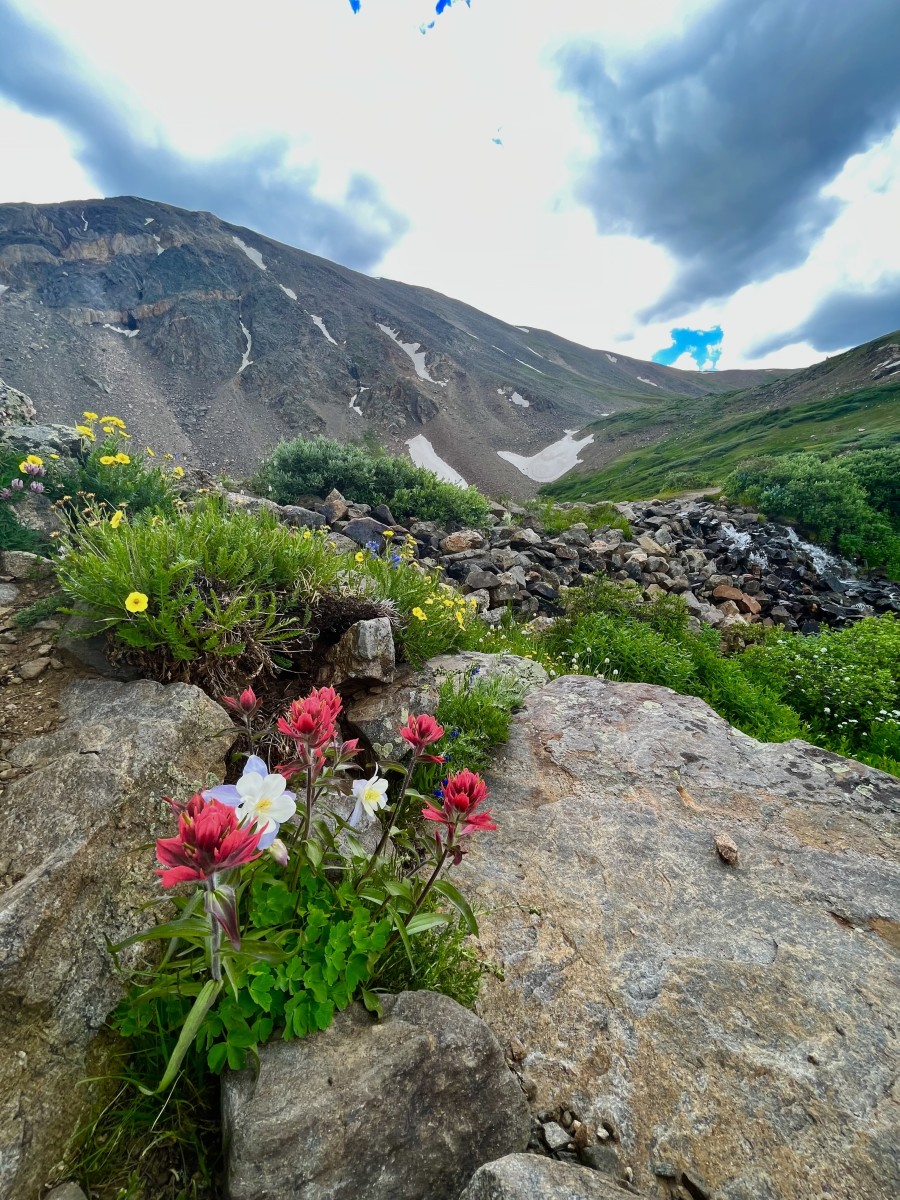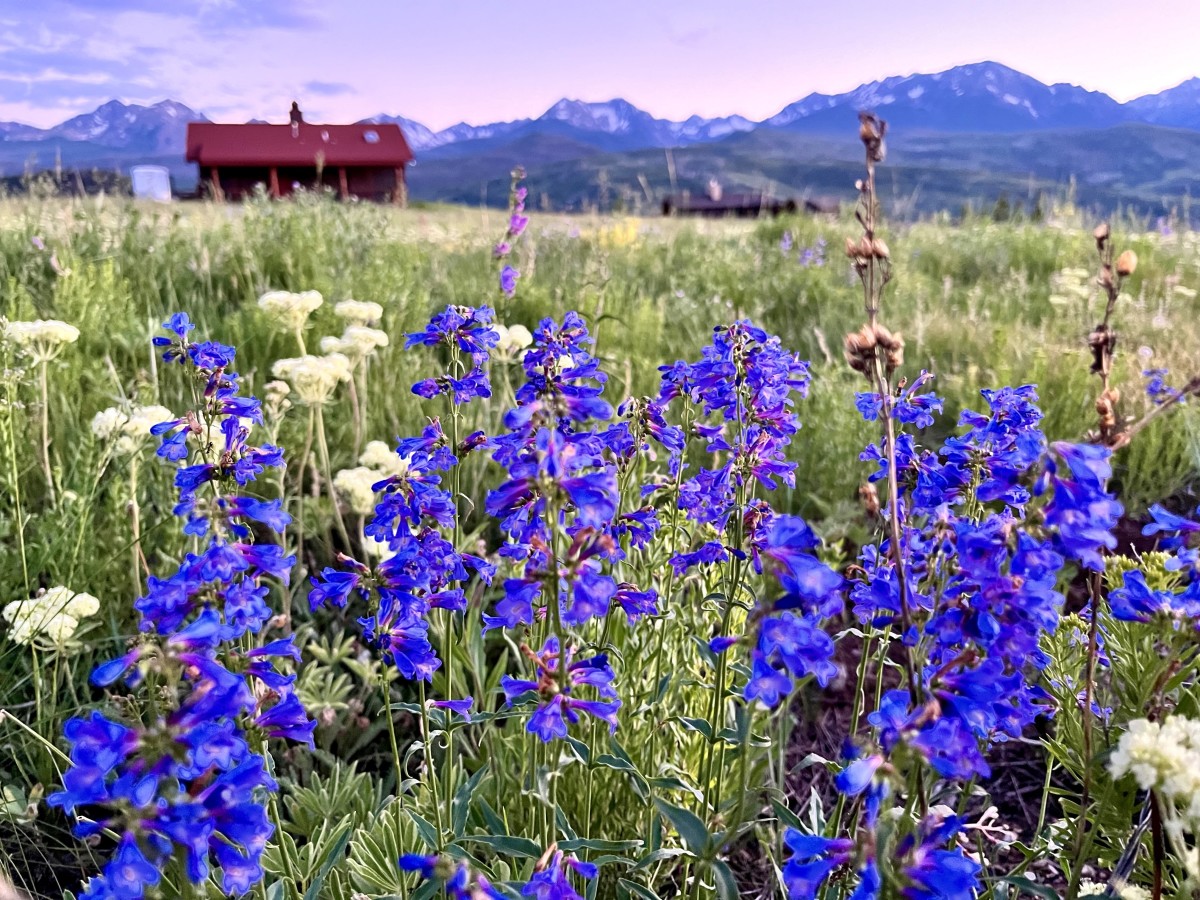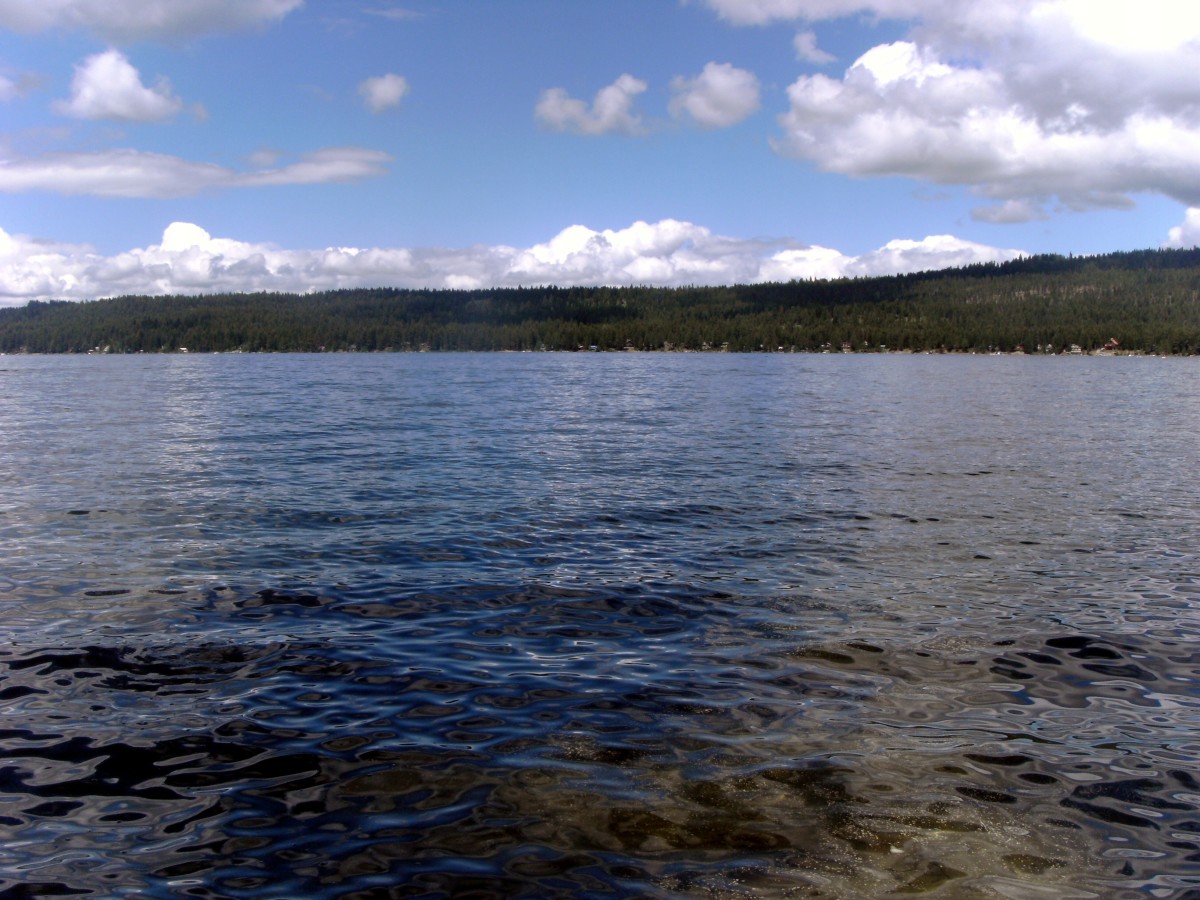- HubPages»
- Travel and Places»
- Visiting North America»
- United States
Ashfall Fossil Beds
Ashfall Fossil Beds State Historical Park, located near the small town of Royal in Northeastern Nebraska, is a fascinating glimpse into life on the plains 10-12 million years ago. Ashfall preserves the fossilized skeletons of hundreds of animals who were killed by the massive Bruneau-Jarbridge supervolcano 1000 miles (1600 kilometers) west of the Ashfall site.
The site was discovered in 1971 when University of Nebraska paleontologist Mike Voorhees noticed the jawbone of a baby rhino sticking out of a Nebraska cornfield. Excavations quickly discovered one of the richest paleontological finds ever discovered. Hundreds of beautifully preserved rhinos, horses, camels, and other creatures lay where they had fallen in what had once been a prehistoric waterhole. Some animals preserved the remains of their last meal; one female rhino still carried the delicate bones of her unborn baby.
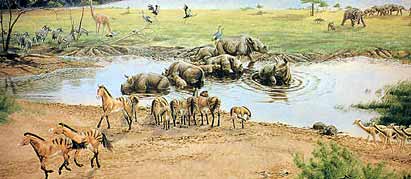
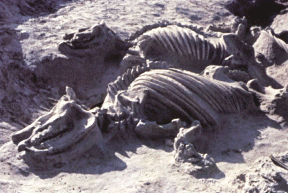
The Bruneau-Jarbridge Event
The Bruneau-Jarbridge supervolcano is located in present day southwestern Idaho. It is part of a series of supervolcanoes that have erupted over millions of years from what is now known as the "Yellowstone Hotspot."
The Bruneau-Jarbridge event took place about 10-12 million years ago and had a Volcano Explosivity Index (VEI) of 7. By comparison, Mount St. Helens in 1980 was VEI-5 and Krakotoa in 1883 was VEI-6. Only two known VEI-7 volcanoes have occurred in recorded human history: Taupo in 186 AD and Mount Tambora in 1815 AD, which was responsible for 1816's moniker, "The Year Without a Summer," and the worst famine of the 19th century.
Bruneau-Jarbridge flung ash 1000 miles away into what is now northeastern Nebraska, where a group of animals living near a waterhole soon began to feel their lungs thicken with the soft, deadly stuff. They didn't die immediately, but over the course of the next few weeks, as clouds of ash continued to fall, more and more animals stumbled to the waterhole for relief, where they eventually collapsed and their bodies were covered by more ash. The smaller animals, like birds and turtles, were the first to go, while the larger animals, including rhinos, three toed horses, and camels, lingered longer. Some bones show toothmarks from scavenging by the hyena-like Aelurodon, but no Aelurdon skeletons have yet been found. Remarkably, the ash preserved the skeletons in 3-D condition - not even the bones of birds were crushed.
Ashfall Today
Today, the remains have mostly been left where they fell, but a building (the "Rhino Barn") has been built over the most concentrated area of finds. Visitors can go through on a walkway to view the skeletons. On many days during the summer field season, paleontologists are working on the fossils as visitors go through.
Learn More
- Ashfall Fossil Beds State Historical Park
Ashfall Fossil Beds State Historical Park. An intact fossil site left in place for public viewing - Ashfall Fossil Beds - Wikipedia
Wikipedia's page on Ashfall - Introduction to Ashfall, Nebraska Studies
Ashfall is a site in Nebraska that 10 million years ago created one of the archaeological marvels of the world. - Ashfall Fossil Beds, Museum Notes Series
Life and death at a Nebraska waterhole 10 million years ago
Agate Fossil Beds
Ashfall isn't Nebraska's only cool fossil site! Agate Fossil Beds National Monument, near Scottsbluff, preserves fossils from the Miocene era nearly 20 million years ago, including more ancestral horses, rhinos, and camels, a bear-like dog, a pig-like ungulate, and a type of land beaver that dug corkscrew-shaped tunnels. Agate also has a fine collection of American Indian artifacts.

